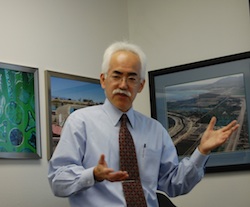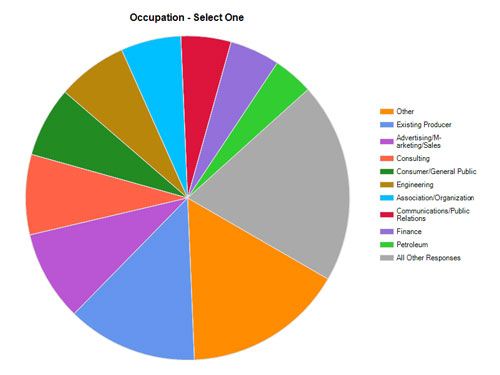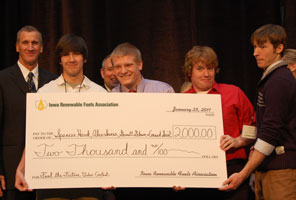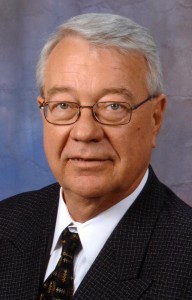Last fall farmers in and near Emmetsburg, Iowa were harvesting biomass. Currently, they are in the process of delivering these biomass bales to POET’s 22-acre storage site situated next to Project LIBERTY, the future 25 million gallon per year cellulosic ethanol plant.
Area farmers have harvested nearly 56,000 tons of corn cobs, leaves, husks and some stalk but had to wait to deliver the material while the USDA worked out the details of their Biomass Crop Assistance Program (BCAP). The program provides matching funds of up to $45 per ton to each grower for a maximum of two years. The goal of the program is to help farmers offset the start-up costs for developing the cellulosic feedstock market for biofuels and renewable energy.
 “While we shared the farmers’ frustration with delays to BCAP, we are happy to see that the program is being implemented and farmers are now delivering biomass to POET,” Project LIBERTY Director Jim Sturdevant said. “I know they are eager to deliver their bales, just as we are eager to validate our receiving and handling procedures at the new biomass stackyard.
“While we shared the farmers’ frustration with delays to BCAP, we are happy to see that the program is being implemented and farmers are now delivering biomass to POET,” Project LIBERTY Director Jim Sturdevant said. “I know they are eager to deliver their bales, just as we are eager to validate our receiving and handling procedures at the new biomass stackyard.
Sturdevant continued, “BCAP is important to helping these first farmers get the new biomass market off the ground. BCAP’s inclusion in the next Farm Bill is an important part of continuing to develop this market.”
So last week, the farmers began completing the application process and shortly thereafter, began to deliver the biomass. Biomass bales this year will be used primarily to test procedures for delivery, receiving, quality assurance, storage, and handling at the stackyard. When operational, Project LIBERTY will use about 300,000 tons of biomass annually to produce ethanol.




 Treynor High School students Spencer Hawk, Alex Severn, Garrett Gibson and Conrad Sain won the $2,000 grand prize for their video entitled “Fuel of the Future” – a hilarious and clever parody of an action movie trailer. The are pictured here receiving their award.
Treynor High School students Spencer Hawk, Alex Severn, Garrett Gibson and Conrad Sain won the $2,000 grand prize for their video entitled “Fuel of the Future” – a hilarious and clever parody of an action movie trailer. The are pictured here receiving their award.




